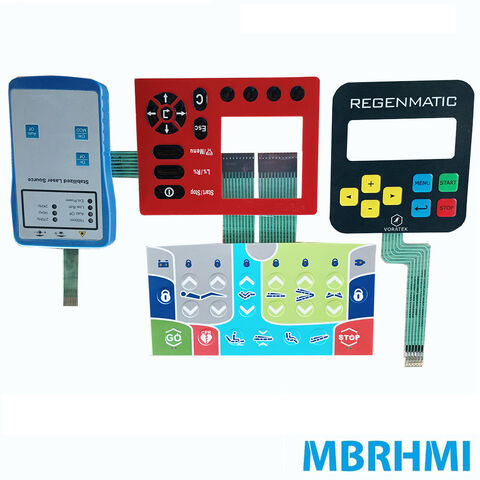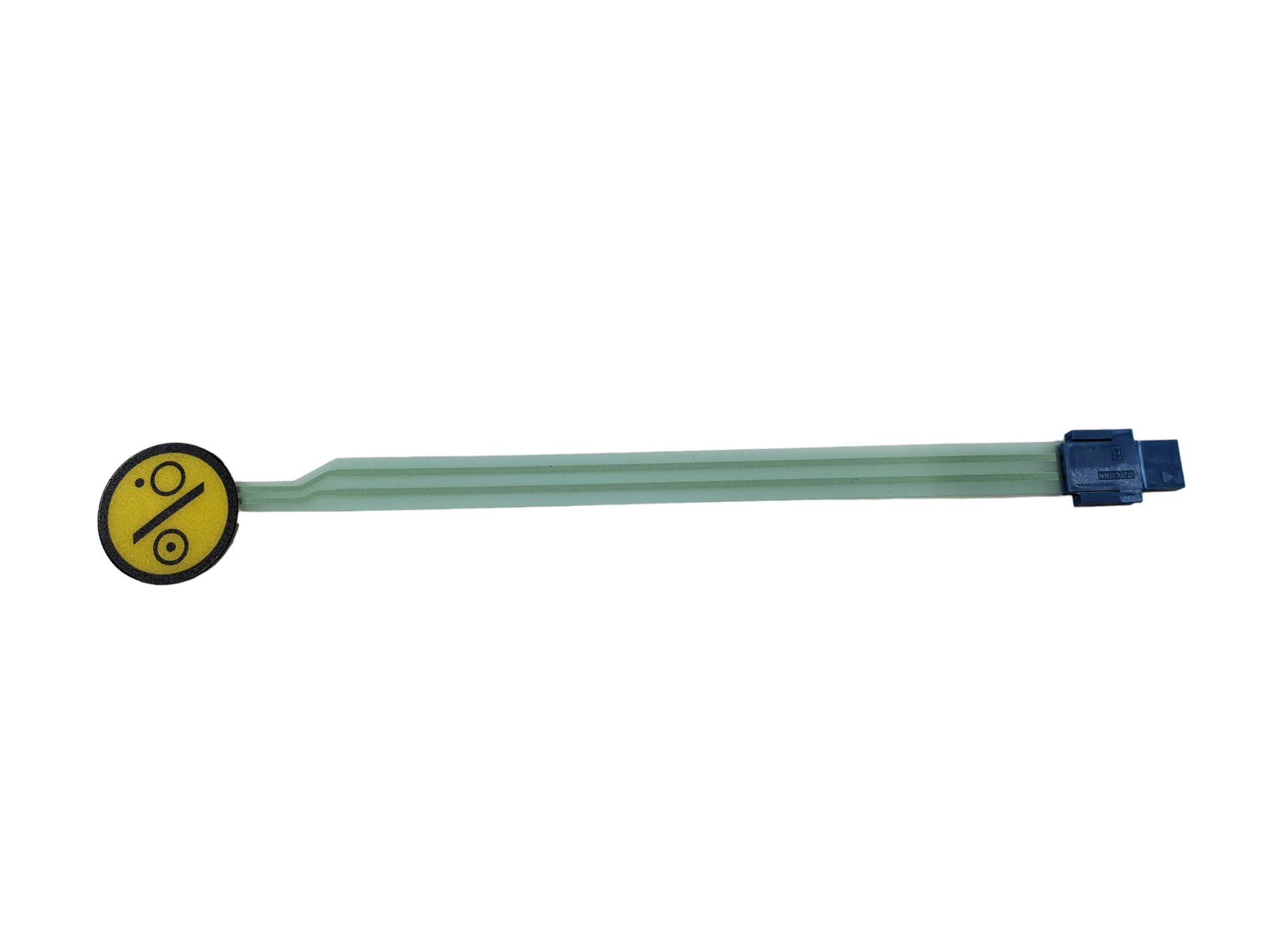How Membrane Switch Technology is Revolutionizing User Interfaces
Comprehending Membrane Switches Over: The Secret to Trusted and sturdy Controls

What Are Membrane Buttons?
Membrane layer switches are an advanced solution in the world of user interface modern technology, integrating performance and design seamlessly. These gadgets function as a user interface in between customers and digital systems, incorporating a number of elements into a compact layout. Typically constructed from flexible, thin layers of materials, membrane switches are designed to react to touch, enabling users to interact with machinery and digital tools properly.
The key components of a membrane layer button include a printed circuit layer, graphic overlay, and a spacer layer that prevents unplanned activation. The visuals overlay can be tailored to show brand identity or user choices, boosting visual appeals while guaranteeing usability. Membrane layer buttons are typically utilized in various applications, consisting of clinical devices, customer electronic devices, and industrial equipment, owing to their resilience and resistance to ecological aspects such as wetness and dust.
Among the essential advantages of membrane layer switches is their ability to hold up against damage, making them optimal for high-traffic environments. In addition, they are light-weight and require marginal area, enabling cutting-edge styles in product growth. In general, membrane changes represent a sensible and effective option for modern digital interfaces, weding technology with user-centric layout principles.
Just How Membrane Switches Work
The operation of membrane layer changes joints on a basic yet effective device that equates customer input into digital signals. These switches consist of several layers, typically including a visuals overlay, a spacer layer, and a circuit layer. When a customer presses the switch, the leading layer warps, permitting a conductive element in the circuit layer to reach an equivalent conductive pad on the bottom of the visuals overlay. This call closes the circuit and sends a digital signal to the tool, indicating that the button has actually been activated.
The layout of membrane layer buttons can differ, but they typically integrate domes or responsive components to give feedback to the user, enhancing the overall experience - membrane switch. The materials utilized in membrane switches, such as polyester or polycarbonate, add to their toughness and resistance to ecological aspects, consisting of dampness and dirt. The published circuits are commonly enveloped, which secures them from wear and tear over time.
Advantages of Membrane Layer Switches

Additionally, membrane switches are known for their sturdiness. Created from durable products, they are immune to dirt, wetness, and physical wear, which significantly expands their life-span compared to traditional mechanical buttons. This durability makes them particularly ideal for high-traffic settings and applications requiring durability.
Another considerable benefit is the convenience of cleansing and maintenance. The smooth surface this website of membrane switches minimizes dirt buildup and is usually resistant to spills, making them ideal for setups that call for regular sanitization.
Furthermore, membrane buttons use a structured profile, leading to a thinner layout that can be incorporated into various tools without adding mass. This function not only boosts the visual charm yet additionally adds to a much more ergonomic product layout.
Applications of Membrane Buttons
User-friendly and functional, membrane switches discover applications across a wide variety of industries, consisting of medical tools, customer electronics, and commercial equipment. In the clinical field, these buttons are essential to devices such as analysis equipment, individual tracking systems, and mixture pumps, where dependability and convenience of cleaning are critical. Their capability to maintain and stand up to harsh atmospheres functionality makes them suitable for such applications.

In consumer electronics, membrane layer buttons are utilized in items like microwaves, cleaning devices, and useful site remotes - membrane switch. Their sleek style enables intuitive individual interfaces, boosting the overall user experience while supplying durability and resistance to tear and put on
Industrial devices additionally profits from membrane layer switches, particularly in control panels for equipment and automation systems. These switches provide security against dirt and wetness, making certain consistent performance in challenging atmospheres. Their adjustable functions enable makers to customize them to certain operational requirements, improving efficiency and functionality.
Choosing the Right Membrane Switch
When selecting a membrane layer button, it is important to take into consideration numerous aspects that affect performance and suitability for details applications. The key factors to consider consist of environmental conditions, responsive responses, toughness, and layout specs.
First, evaluate the operating environment; switches revealed to wetness, chemicals, or extreme temperature levels need certain materials to ensure long life and performance. Next, review the requirement for tactile responses. Depending upon user communication, some applications might benefit from a responsive reaction to validate activation, while others might like a non-tactile design for visual factors.
Sturdiness is one more vital element; membrane layer switches need to be created to this hyperlink endure constant use, impacts, and abrasion. Make certain the chosen button can withstand the anticipated lifecycle, especially in high-usage circumstances.

Verdict
In final thought, membrane layer switches serve as essential elements in the style of sturdy and reputable control systems across different sectors. The versatility of membrane changes enables for customized services that satisfy certain functional demands, reinforcing their importance in contemporary innovation.
Membrane layer switches over stand for a critical aspect of contemporary interface style, blending performance with durability in different applications.Membrane layer buttons are an innovative remedy in the world of customer interface modern technology, combining functionality and design seamlessly. Generally constructed from flexible, thin layers of products, membrane layer buttons are made to react to touch, allowing individuals to communicate with machinery and electronic devices effectively.
The layout of membrane layer buttons can vary, however they typically integrate domes or tactile elements to give responses to the individual, improving the overall experience.In conclusion, membrane layer switches over serve as vital components in the layout of sturdy and trustworthy control systems across numerous markets.